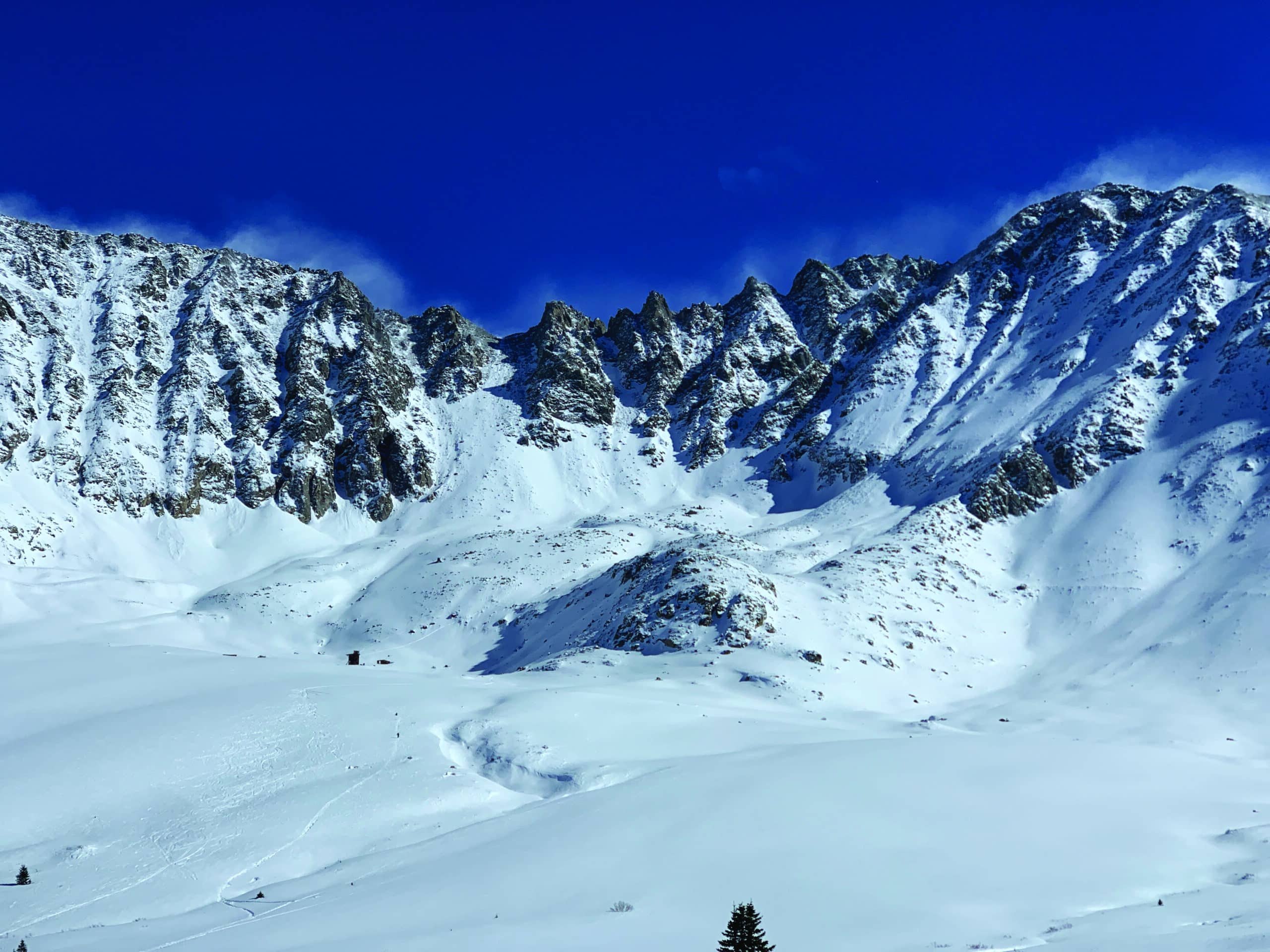Dabbling in the Backcountry? This Avalanche Course May Save Your Life: Why Rookies + Weekend Warriors Should Care About AIARE 1 | By Lisa Blake
Last ski season, I watched the Breckenridge gondola lines snake the maze and spill out onto Main Street, wrapping around the block. A feeling of gratitude washed over me as I turned around, went home to swap my downhill skis for a lighter skinning setup and drove to my favorite trailhead for some sacred Saturday solitude. More and more frustrated folks are following suit and heading into the backcountry, many without a lick of know-how.
I get it. I bought my first used uphill setup 10 years ago, lusting after Arapahoe Basin sunrise skins. I used the gear to tow my newborn in a Tulle Chariot (and drop baby weight) along mellow Mayflower Gulch and Baldy Mountain trails, and, finally, after years of toeing the safety line in what’s considered fairly safe backcountry flanking Breckenridge, I committed to a three-day AIARE 1 avalanche hazard management course.
What I learned about prep, snowpack and ego in the Colorado backcountry changed the way I’ll click in and climb from here on out. Here’s why I believe this course is made for every out-of-bounds adventure seeker.
CHOOSING A GUIDE
There are so many outfitters and guides and certification programs to sort through online — which is great; with growing interest in backcountry terrain comes growing educational offerings. Bringing my goal of gaining confidence heading into the backcountry during our snowiest and most avalanche-prone months, I landed on 57Hours (named for the time frame between 3 p.m. Friday to midnight on Sunday). The international outfitter and sustainable outdoor adventure company offers excursions and educational opportunities around the globe and pairs skiers with the best group and guide for their individual needs. Here’s the avalanche education course checklist that drew me in:
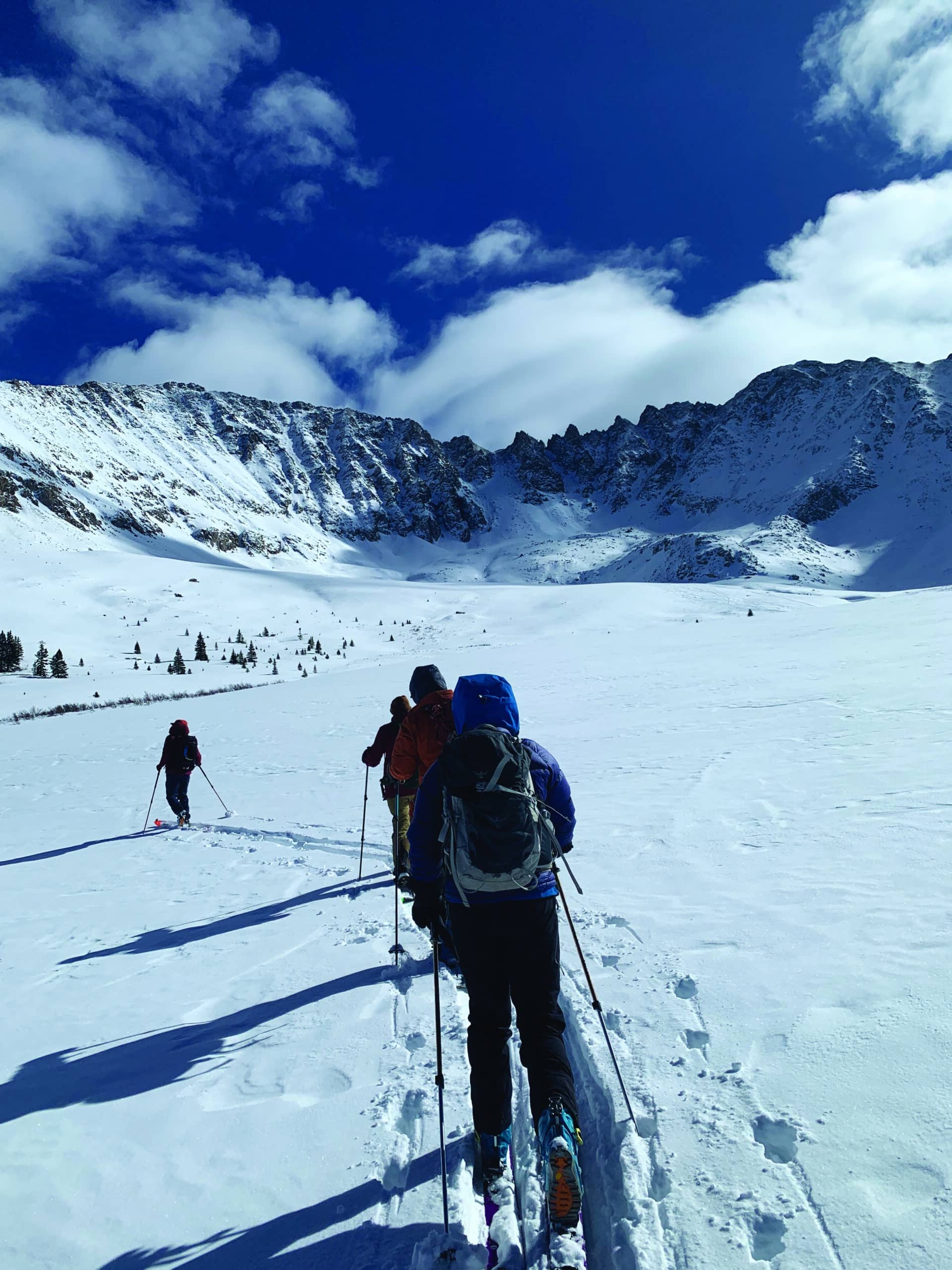
Photos courtesy of Lisa Blake
-
Trip planning and preparation
-
Reading and understanding the avalanche forecast
-
Classifications and characteristics of different types of avalanches
-
Recognizing hazardous conditions
-
Understanding a mountain snowpack
-
Basics of route selection and terrain management
-
Managing risk and decision making
-
Human factors and influence
-
Efficient use of beacon/shovel/probe
-
Companion rescue techniques
-
Group management
THE MOUNTAINS ARE ALWAYS TALKING
Sipping my thermos of black coffee in the Mayflower Gulch parking lot, shaking off the February morning chill, I circled up with my group of 20-, 30- and 40-somethings to listen to our AIARE Level 1 guide talk about avalanche red flags. We talked about using NOA’s site forecast.weather.gov to trip plan, checking the hourly weather forecast, wind, visibility and sun exposure of the terrain we’d be skiing. We checked avalanche.state.co.us to read about possible weak layers of snow and to check real-time snow totals, temperatures and wind speeds from local weather stations. We got familiar with the holy grail of Colorado backcountry intel, the Colorado Avalanche Information Center (CAIC) and fell into reading forecasts and honing good judgment skills.
We tested our avalanche beacons and probes and familiarized ourselves with this life-saving gear. And then, we secured our skins, buckled our boots and started gliding along the path through the fresh powder until we found our snow-packed classroom.
The big takeaway: the mountains are always talking to us, and it’s our responsibility to listen. We looked for shooting cracks on the mountainside, kept ears open for telltale “whumpfing” sounds under our feet and pointed to wind-blown, east-facing walls with chunks of ocean wave-like cornices breaking off. We selected a trip leader — the person in the group with the most backcountry experience who won’t let ego and adrenaline thirst compromise safety — and we agreed to always be checking in and to speak up with any gut feelings that crop up and warn us to steer clear.
We shoveled into layers of new and old snow, feeling the consistency of sturdy and weak, investigating snowpack stability and adjusting decision-making based on results. And finally, after snacks, jumping jacks to warm up, lots of note taking, rescue practices and an incredible amount of education, we skinned up, sweating and smiling, finding our dream lines down a white wall of untouched February pow and making our sweet, sweet fluffy one-by-one descent. Those three minutes of backcountry bliss are my why, and the AIARE course is just one step closer to welcoming even more of these magical days.
Originally published in Winter + Spring 2023-24 issue of Well.
4-Quattro XT Women’s Alpine Hybrid Boots
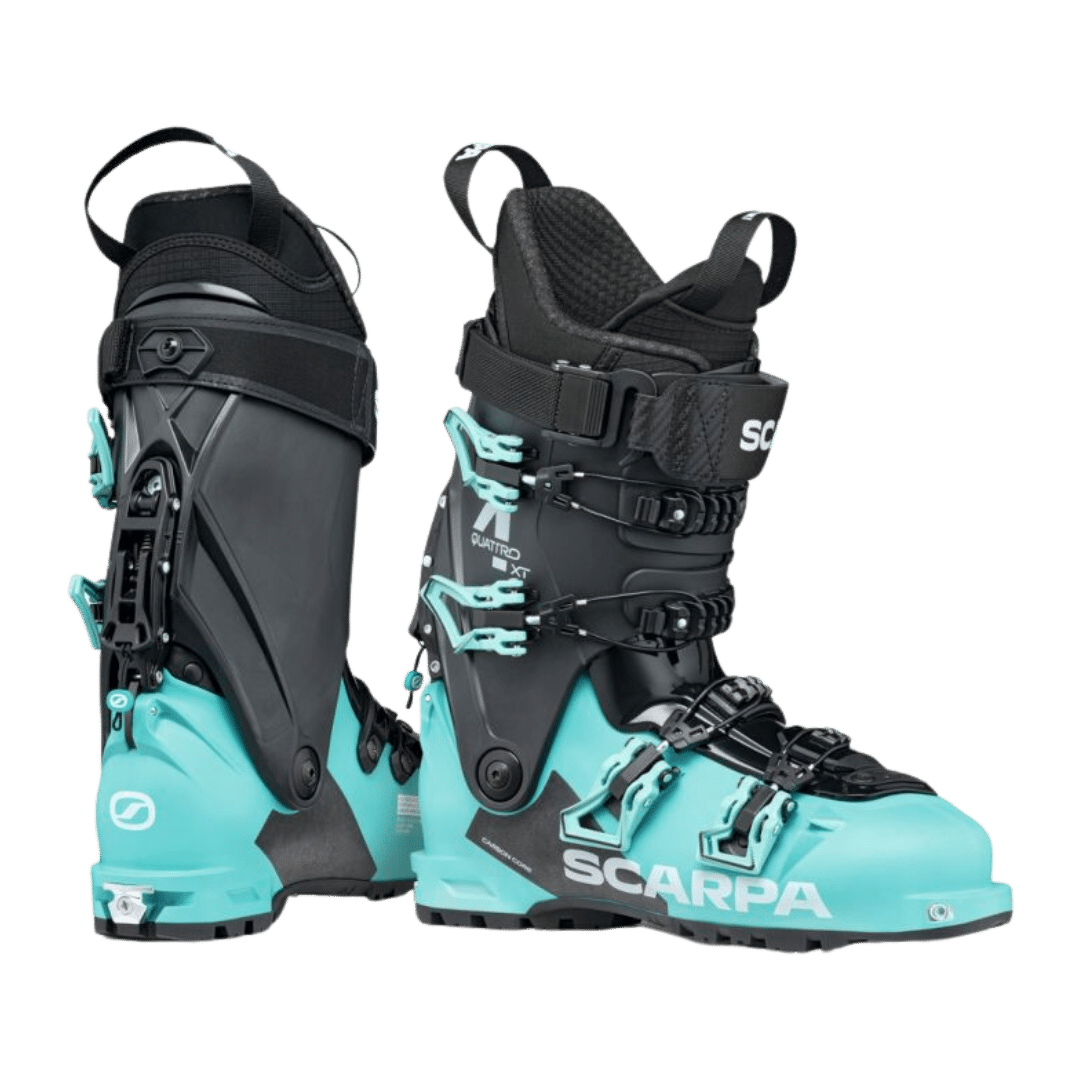
These boots are the perfect match of versatility and capability. The 4-Quattro XT are ideal for those of us who like to rip it up at the resort and get in a few morning ski tours a week. The walk-mode lever stays put and the Intuition liner further inbounds control and out-of-bounds comfort. Not to mention the GripWalk soles keep your steps sturdy to and from the car!
Backcountry Access Tracker S Rescue Package
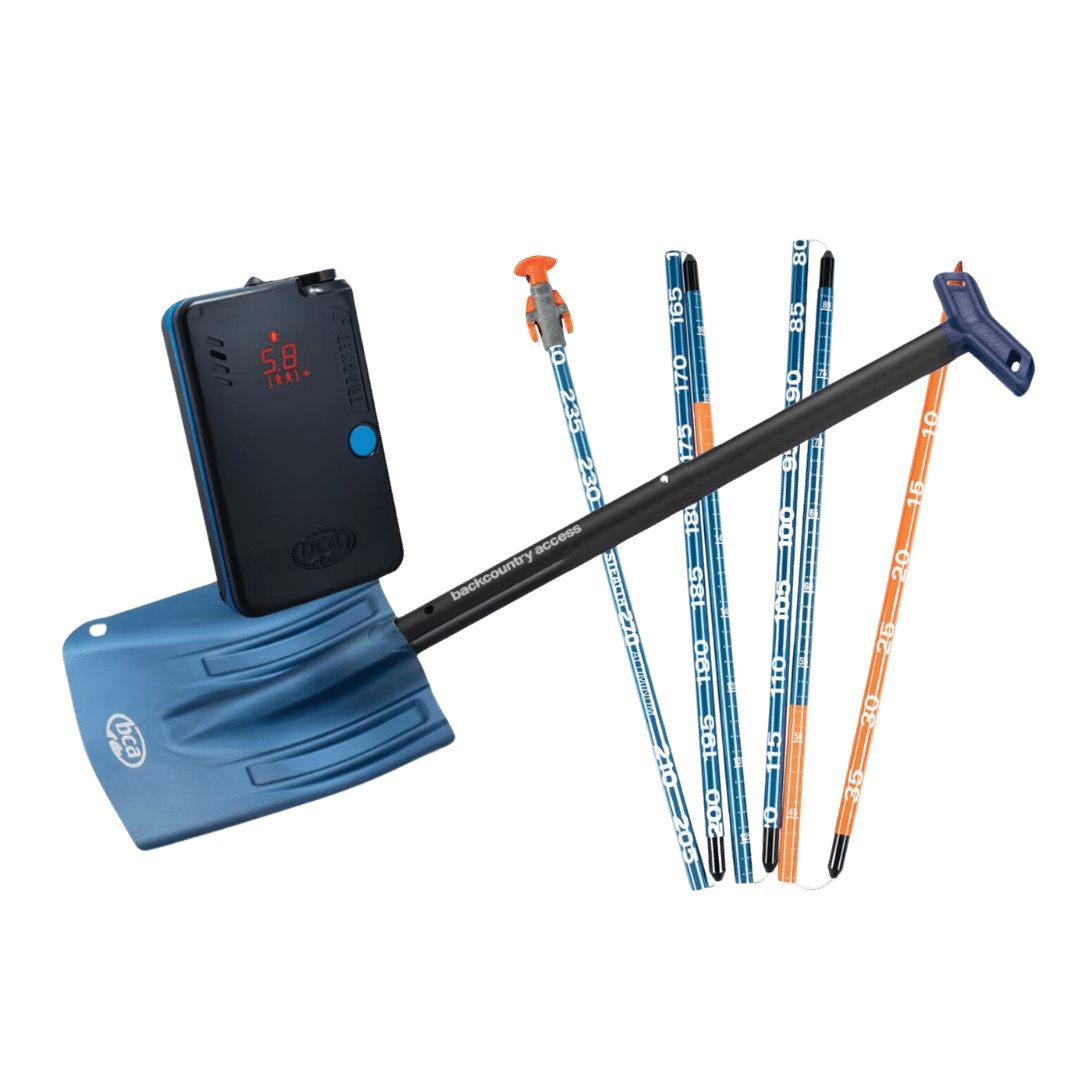
Before you head out into the backcountry having the proper gear and training is crucial. This bundle from Backcountry Access covers all the bases and allows you to recreate in backcountry zones safely. Make sure you understand how to use your gear!
Odin Pro Shield Hybrid Softshell Jacket
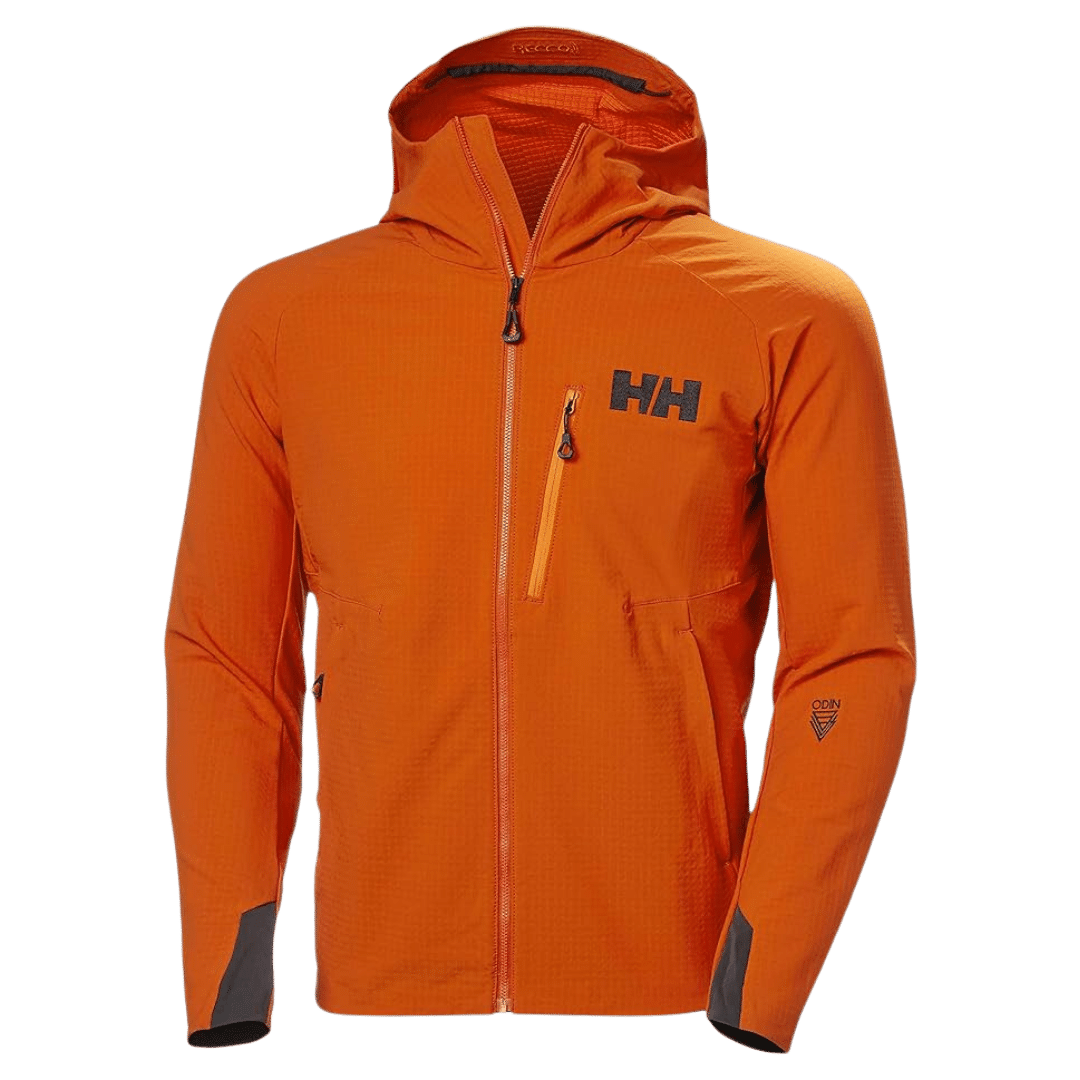
Nothing worse than having too many layers or not enough — the Odin Pro Shield Hybrid Soft-shell Jacket is the ideal match. This high-performing mid layer has the durability and weather protection of a soft-shell with the stretch and breathability of a comfortable fleece layer. You’ll be set for your next tour!
IMBODHI products are top-notch. Soft to the touch, hand-sewn and made of sustainably sourced fabrics. With a [...]
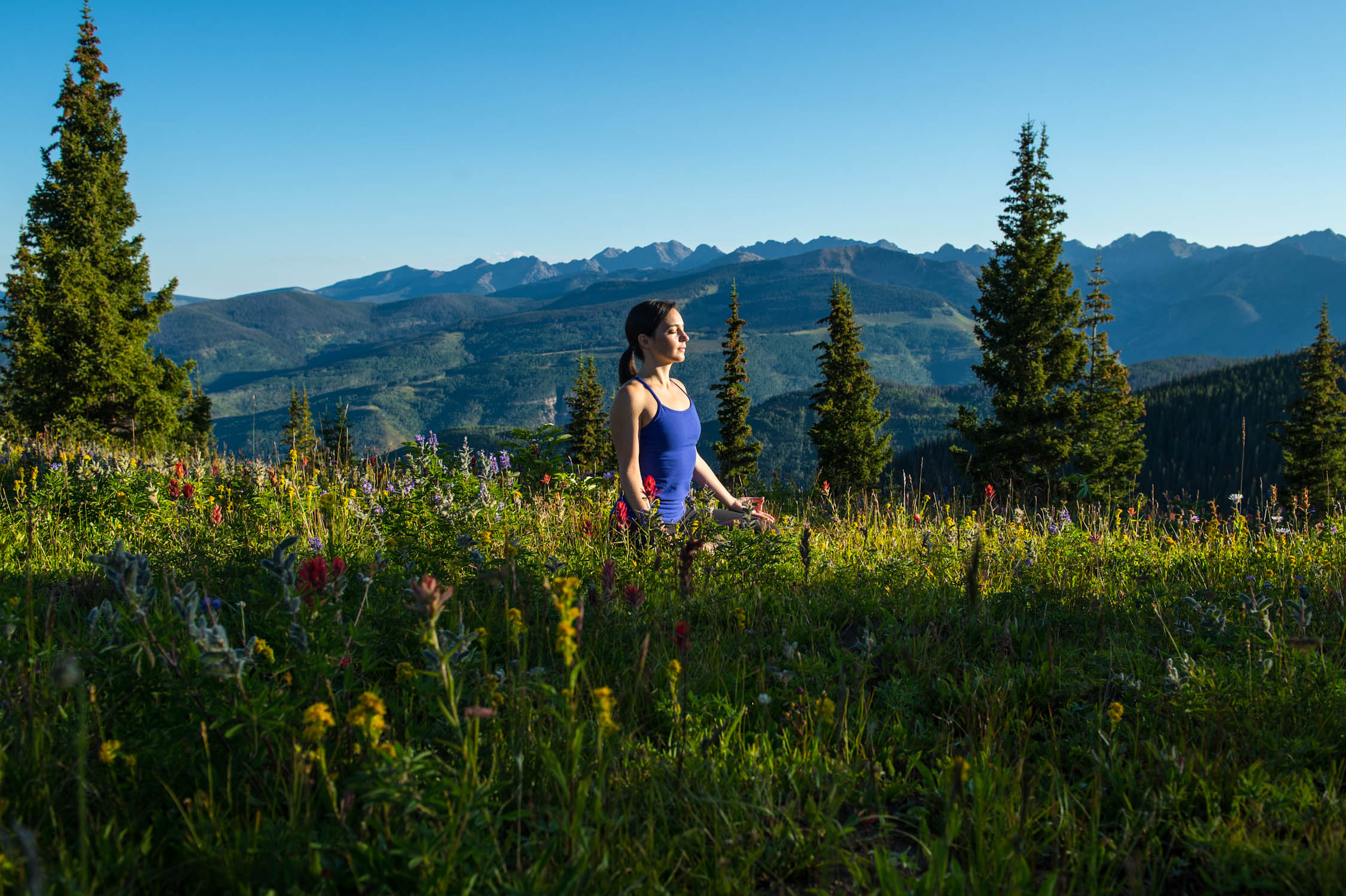
Subscribe to Our Tribe
Stay up to date with Y+L News, Events and special announcements.





